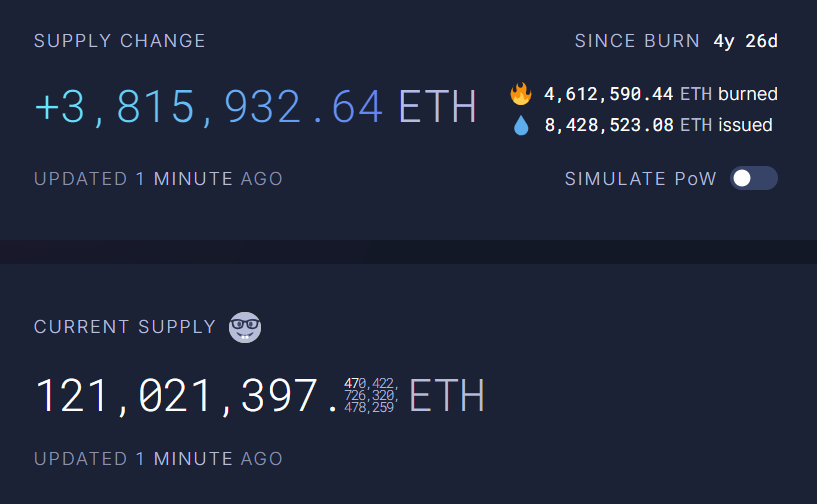Ethereum Community Foundation Unveils BETH: Making Token Burns Transparent and Trackable
Ethereum just pulled back the curtain on burning mechanics—and traders are paying attention.
The Ethereum Community Foundation's new BETH token delivers something crypto has desperately needed: visible, verifiable burn tracking. No more guessing games about supply reduction.
How It Works
BETH operates as a burn-tracker token—every incinerated ETH gets mirrored in the BETH system. Want proof your tokens actually left circulation? Now you've got it.
Market Impact
Transparency cuts through speculation. With clear burn metrics, Ethereum's deflationary narrative gets hard data—not just hype. That’s a win for long-term holders tired of ‘trust me’ economics.
Finance Sector Reaction
Wall Street analysts might finally stop mocking crypto’s ‘magic math’—though they’ll probably just find something else to complain about. Traditional finance loves transparency… unless it exposes their own opaque systems.
Bottom line: Burns aren’t just theoretical anymore. They’re visible, measurable, and verifiable. Finally—some adult supervision in the crypto kitchen.
What is the BETH Token?
Unveiled on August 28, the program operates through a smart contract that accepts ETH and forwards it to an irretrievable burn address. It then issues an equal amount of BETH back to the contributor.
The foundation argued that Ethereum’s existing system, introduced with EIP-1559, already eliminates a portion of fees with every transaction. However, those removals remain largely abstract.
BETH, by contrast, offers a tangible representation that can circulate in applications and protocols.
The ECF described the token as a building block for proof-of-burn. It makes the mechanism usable in governance frameworks, incentive models, and new forms of decentralized coordination.
“As ethereum continues to evolve, BETH highlights the role of scarcity and destruction as equally powerful forces alongside creation and issuance,” the foundation stated.
Ethereum core developer and ECF founder Zak Cole compared the design to wrapped Ether. He explained that just as WETH standardizes ETH for smart contracts, BETH provides a clean LAYER for tracking burns.
He suggested that the token could enable mechanics such as burn-based voting and auctions where bids are denominated in destruction rather than revenue.
It could also support namespaces that expire unless sustained by continued burning.
At the same time, Cole warned that users should treat BETH strictly as a receipt system, not as a new asset with intrinsic value.
The introduction of BETH comes as Ethereum’s monetary policy continues to attract debate.
Since the 2021 London upgrade, the network has burned roughly 4.6 million ETH while issuing more than 8 million new tokens over the same period.

This mismatch has prompted analysts to question whether Ethereum’s design can consistently enforce scarcity.
However, Ethereum co-founder Joseph Lubin expressed confidence that the community will embrace the new model.
He said developers are already exploring ways to build on BETH, suggesting that proof-of-burn could evolve into industries of its own.
“Burning ETH is going to be a very lucrative thing to do, as it will spawn industries. And a very fun thing to do, as it will become a popular mechanic in Web3 games. This is one way people will get paid to play in Web3,” he added.

